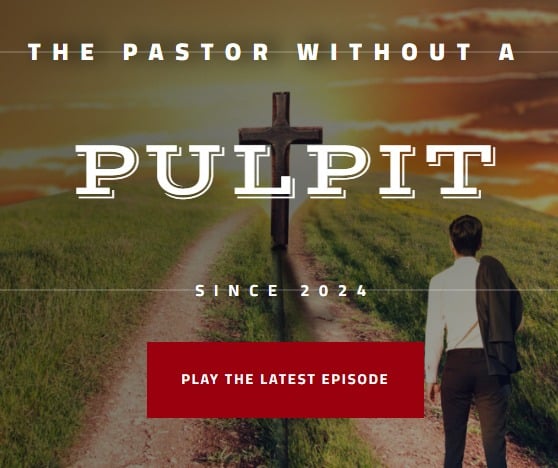A report published today by a team of scientists from a dozen organizations provides a product designed to boost efforts by land and wildlife managers to restore and conserve the imperiled sagebrush ecosystem across the full extent of its range, which covers more than 165 million acres.
The report’s approach, known as the Sagebrush Conservation Design, provides a roadmap for addressing threats to sagebrush by facilitating cooperative conversations that enable stakeholders to work together. The sheer size of rangeland the new design covers – 13 western states – is unmatched to date by previous efforts.
To develop this report, the Western Association of Fish and Wildlife Agencies brought together 21 leading scientists with diverse backgrounds and expertise from 12 different federal and state agencies, universities, and non-governmental organizations.
“We are committed to working with stakeholders to find solutions that improve habitat, stop the decline, and help people maintain quality of life and livelihoods,” said Tony Wasley, Director of the Nevada Department of Wildlife and Chair of the WAFWA Sagebrush Executive Oversight Committee. “Implementing a strategic, landscape-scale approach will require an unprecedented degree of collaboration. The Sagebrush Conservation Design gives us the tools we need to do exactly that.”
Sagebrush, home to more than 350 species of conservation concern, is being threatened and degraded by invasive annual grasses, wildfire, expanding conifers, climate change and human development. Despite increased investments into the sagebrush ecosystem in recent years, the report found an average of 1.3 million acres of sagebrush have been lost or degraded each year over the last 20 years.
“The Sagebrush Conservation Design allows for targeted conservation and monitoring and helps managers and landowners focus finite resources on protecting functioning habitat,” said Anne Kinsinger, Associate Director for Ecosystems at the U.S. Geological Survey.
The report’s innovative approach is based on remotely sensed data which was used to assess sagebrush habitats across its range, assigning areas to categories according to the status of the sagebrush and perennial grasses. Areas with intact sagebrush and perennial grasses are labeled Core Sagebrush Areas.
The design calls for a ‘Defend and Grow the Core’ approach, flipping the script by focusing first on these intact Core Sagebrush Areas that are of immediate high value to wildlife, and then growing them by working outward to more degraded areas rather than addressing the worst areas first. Core areas have the potential to provide anchor points and are most likely to maintain their condition as high-quality habitat. These are supplemented by Growth Opportunity Areas, which provide opportunities for improving habitat, but are lower priority given the presence of landscape-scale threats where restoration investments may be necessary.
The report also found that the identified threats to sagebrush habitats are complex, landscape-scale problems, such as invasive annual grasses, wildfire, conifer encroachment, climate change, and a range of other human modifications. These complex problems impact livestock forage, wildlife habitat, carbon storage and other critical ecosystem services provided by sagebrush landscapes.
“The Sagebrush Conservation Design provides a framework for engaging in collaborative conservation on a landscape scale,” stated Matt Hogan, U.S. Fish and Wildlife Service Regional Director for the Mountain-Prairie Region. “It not only provides a roadmap for conservation but will facilitate conversations about shared goals and values among a wide array of stakeholders so that we can work collectively to achieve conservation success.”
The Sagebrush Conservation Design can inform landscape-scale decisions and provides a starting place for incorporating the local stakeholder input and knowledge necessary to implement site-specific management strategies.
The Open File Report, “A Sagebrush Conservation Design to Proactively Restore America’s Sagebrush Biome,” is now available on the U.S. Geological Survey website.
USGS provides science for a changing world. Learn more at www.usgs.gov or follow us on Twitter @USGS, Instagram @USGS, or Facebook @USGeologicalSurvey
The U.S. Fish and Wildlife Service works with others to conserve, protect, and enhance fish, wildlife, plants, and their habitats for the continuing benefit of the American people. For more information, visit www.fws.gov, or connect with us through any of these social media channels: Facebook, Twitter, Flickr, and YouTube.
Discover more from Sierra Wave: Eastern Sierra News - The Community's News
Subscribe to get the latest posts sent to your email.






















Are you kidding me?!!! Really?? Walk out your front door, here on the East Side….what a waste of money….
Guess you missed the part where it says this initiative covers 13 states, and the nice map that indicates northern Mono as a ‘Core Area’, meaning it is ideal sagebrush habitat.
Usually,whenever anyone or an organization looks into protecting Wildlife and Wildlife environmental areas,whenever someone down-casts that being done or is against it,99 % of the time is because they’re afraid and offended it’s maybe going to tread on tourism or land development with anytype of Wildlife,environmental or Wilderness protection.
And usually,almost ALWAYS that complaining and opposition comes from those on the right…